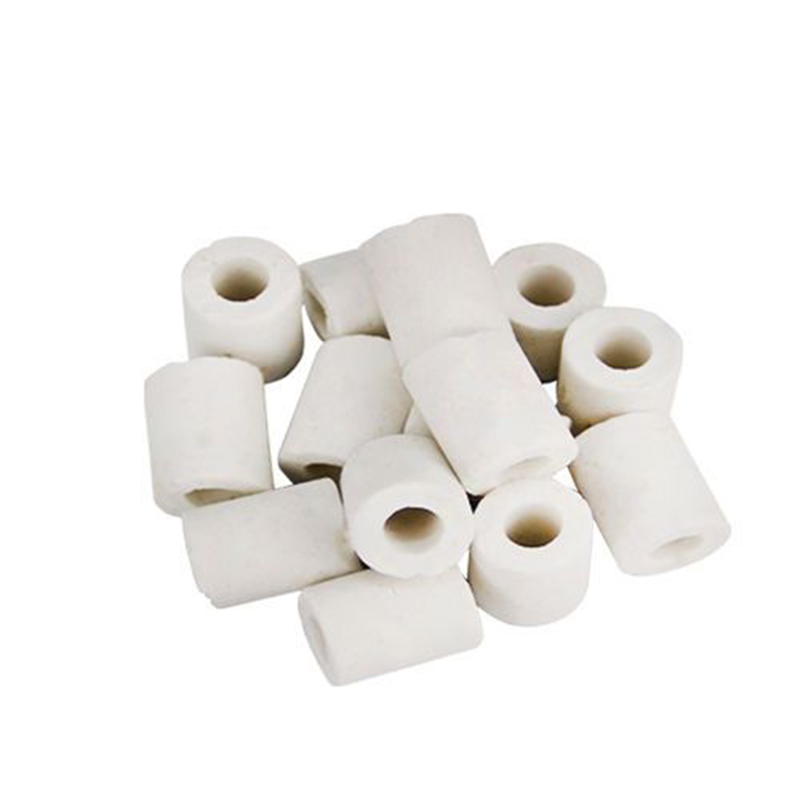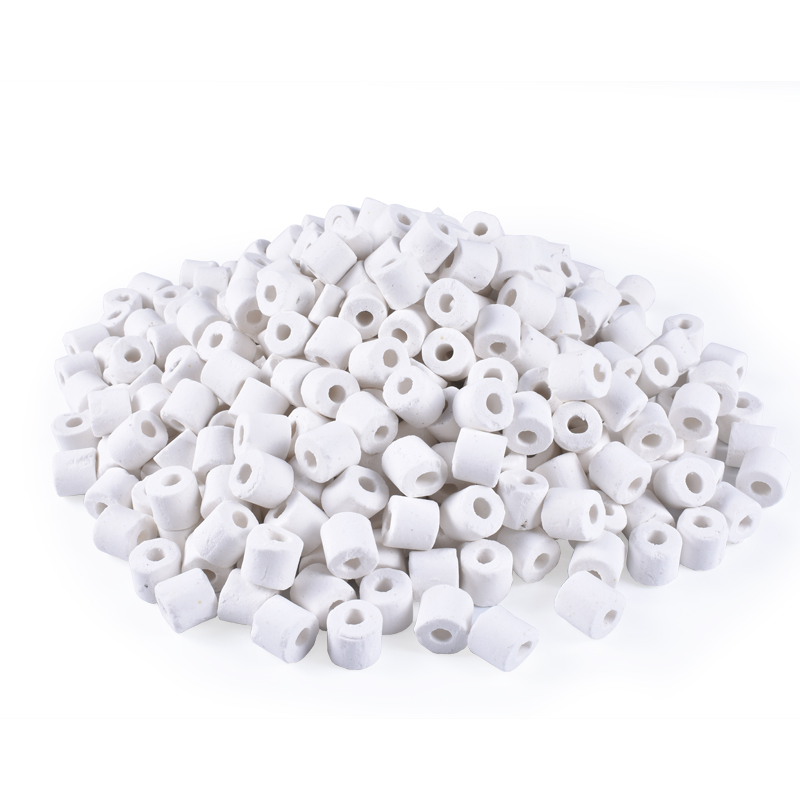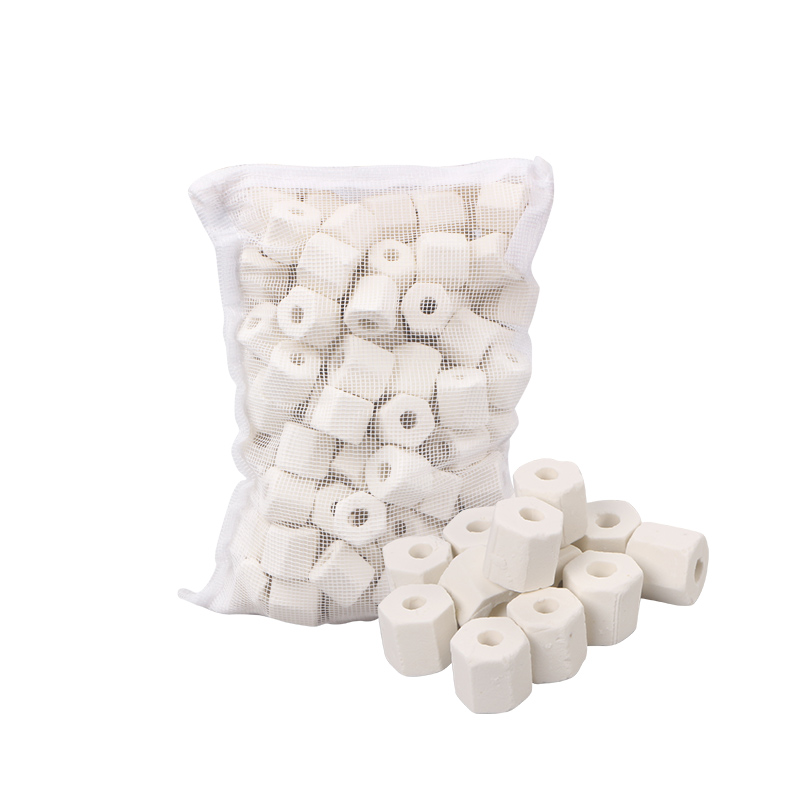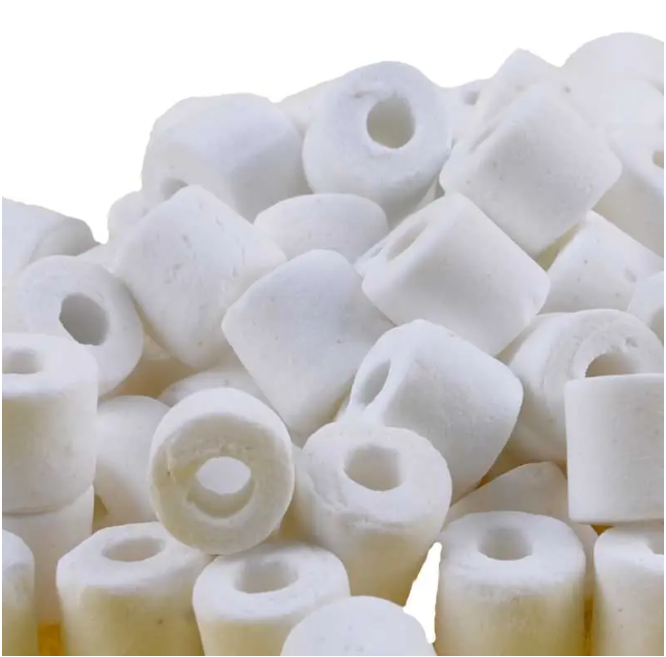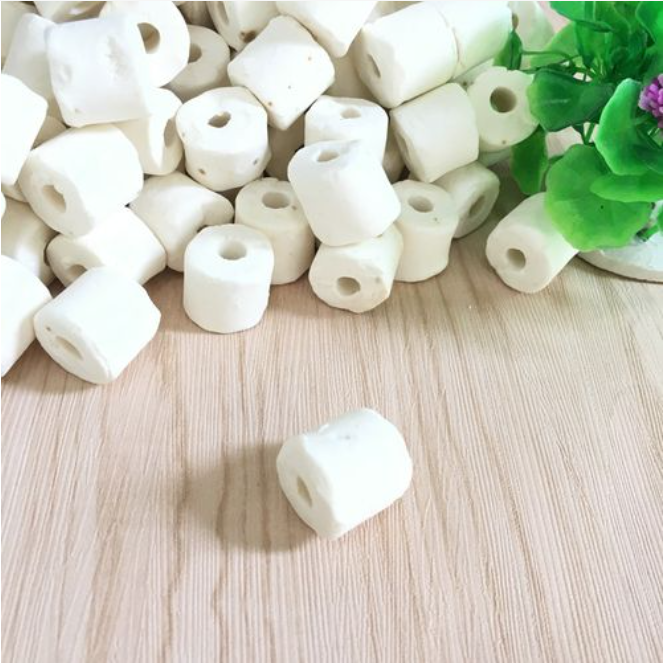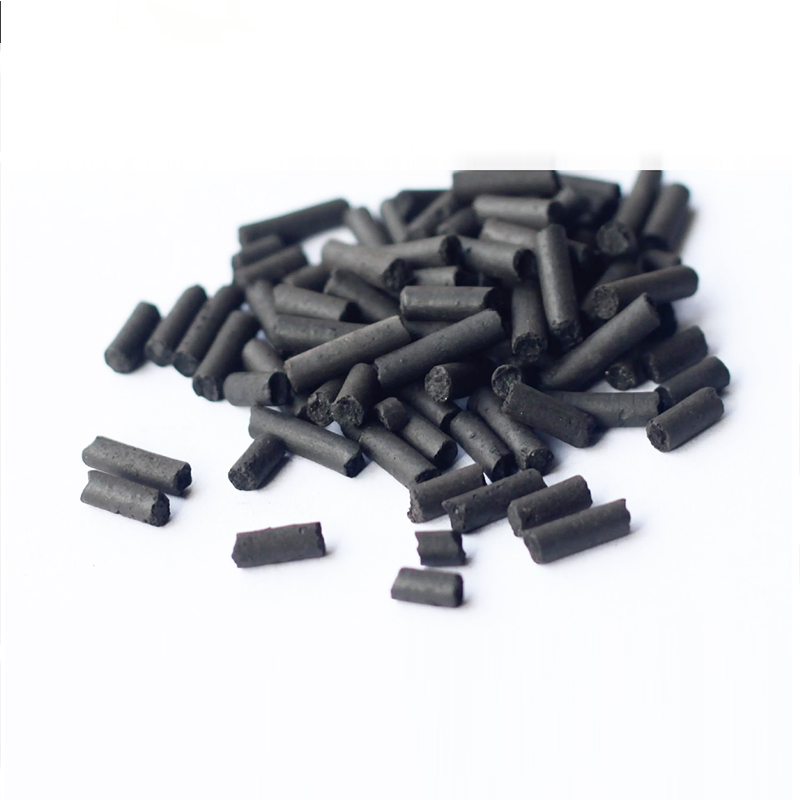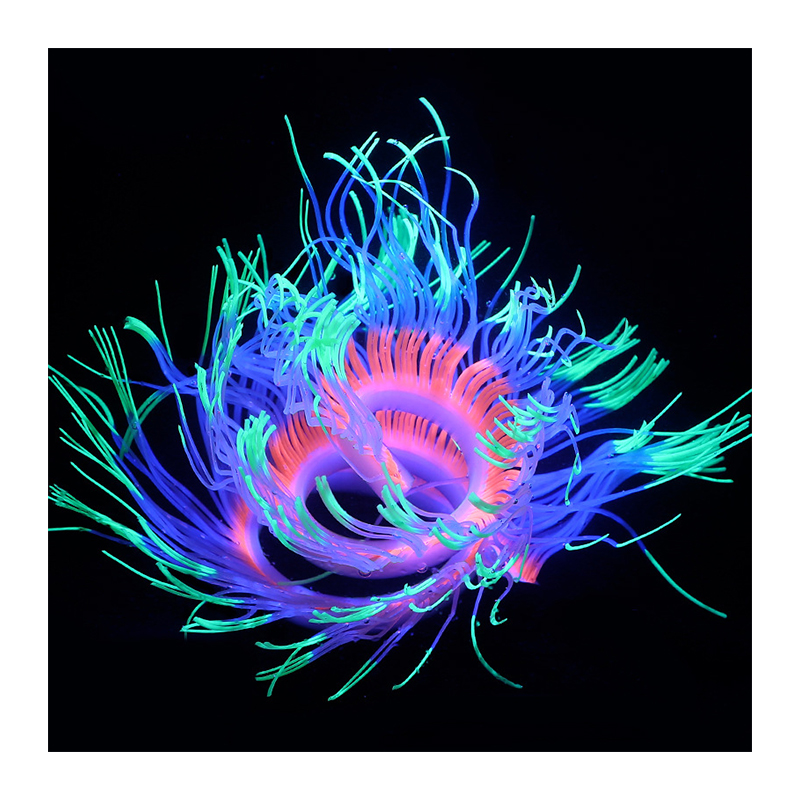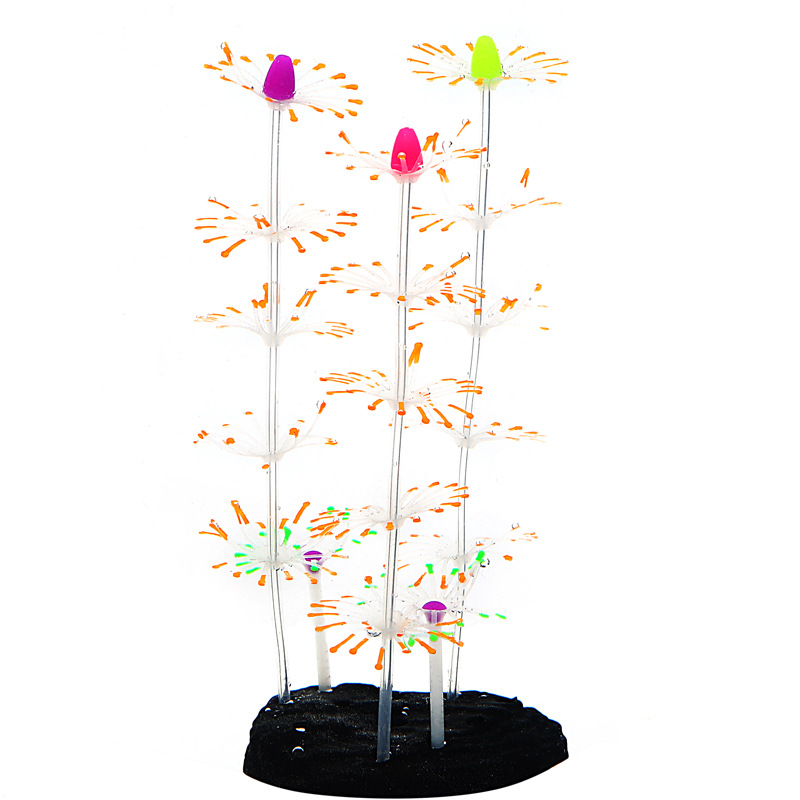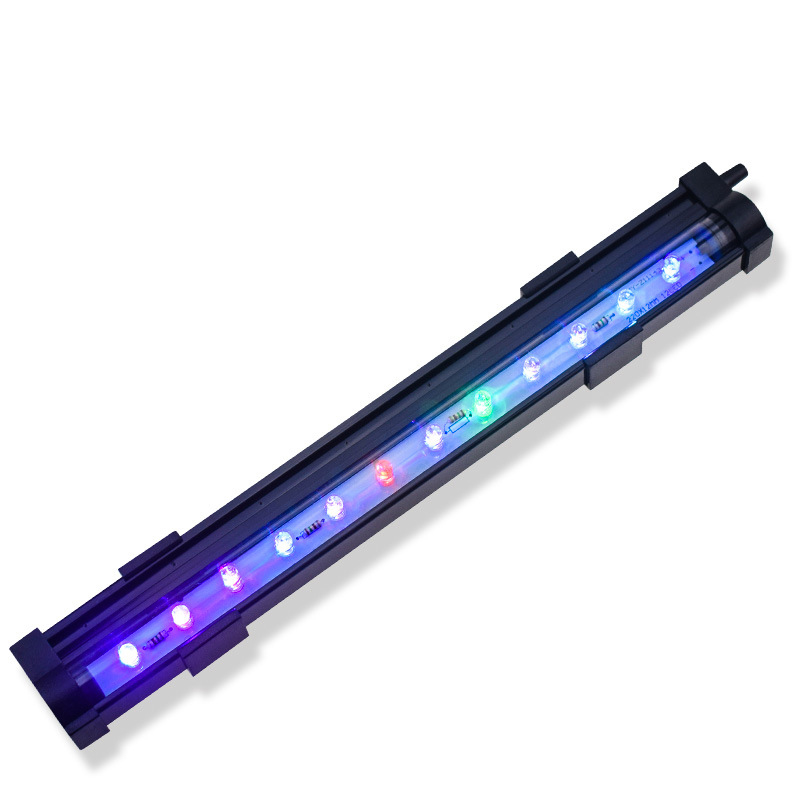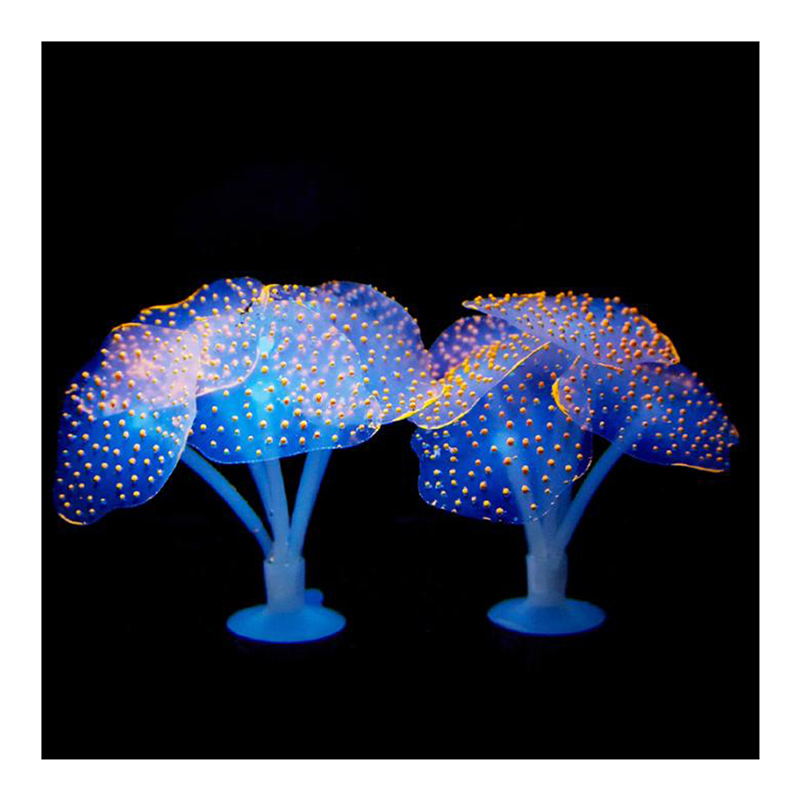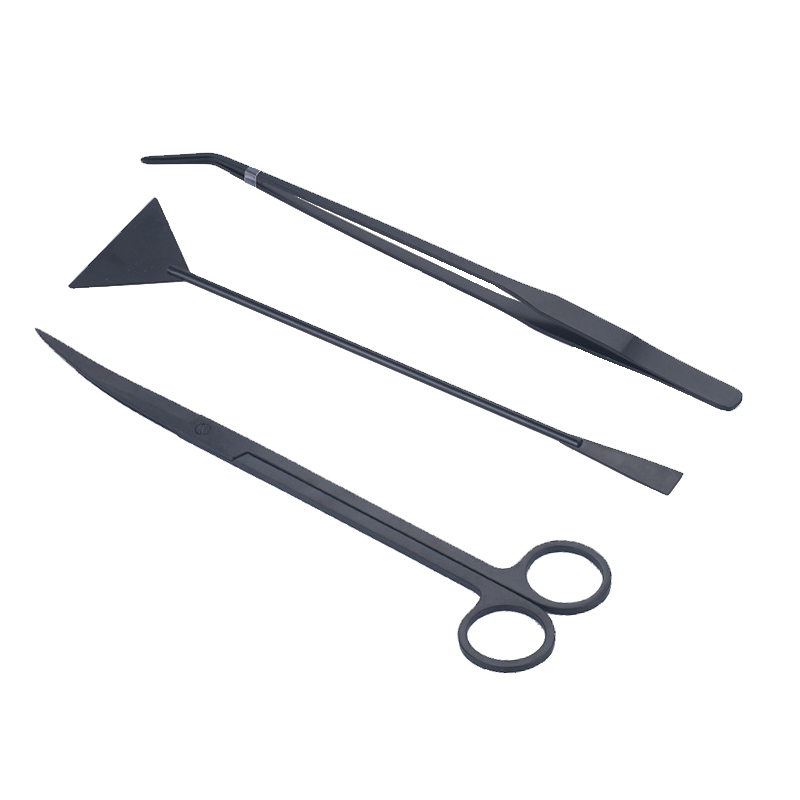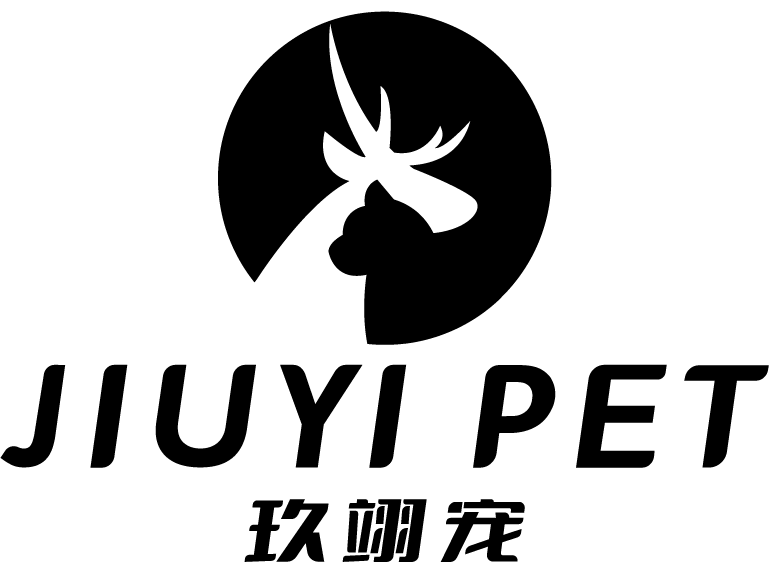
Aquarium Filter Material Ceramic Ring Filter Media Biochemical Ring
-How to use
1. Put the glass Filter (aquarium)#Materials suitable for aquarium filtration into the filter material groove or filter material basket of the filter.
2. Try to fill the filter material tank or basket as much as possible to maximize the surface area of the filter material.
3. Ensure that the water flows through the filter material, allowing sufficient contact between the water and the filter material.
4. As required, multiple glass Filter (aquarium)#Materials suitable for aquarium filtration can be stacked together to increase the level and effect of filter materials.
5. Regularly check the condition of the filter material, clean the filter, and replace outdated filter materials.
-Application Scenario
1. Freshwater fish tank: suitable for all kinds of freshwater fish tanks, providing high-quality biological filtration and purification effect.
2. Seawater fish tank: biological filter material used for seawater fish tank, which can effectively reduce harmful substances such as ammonia nitrogen and nitrate.
3. Aquariums: Widely used in aquariums and professional farms to purify the water quality of large-scale fish tanks.
|
Overview |
Essential details |
|
Type |
Aquariums & Accessories |
|
Material |
Glass |
|
Aquarium & Accessory Type |
Filters & Accessories |
|
Feature |
Sustainable, Stocked |
|
Place of Origin |
Jiangxi, China |
|
Brand Name |
JY |
|
Model Number |
JY-566 |
|
Name |
Fish tank filter material |
|
Weight |
500 g |
|
Classification |
glass ring, activated carbon, etc |
|
Function |
Fish tank filter |
|
Age range Description |
All ages |
|
Packing quantity |
120pcs |
|
Commercial Buyer |
Restaurants, Specialty Stores, TV Shopping, Super Markets, Convenience Stores, Spice and Extract Manufacturing, Discount Stores, E-commerce Stores, Gifts Stores |
|
Season |
All-Season |
|
Room Space Selection |
Not Support |
|
Occasion Selection |
Not Support |
|
Holiday Selection |
Not Support |
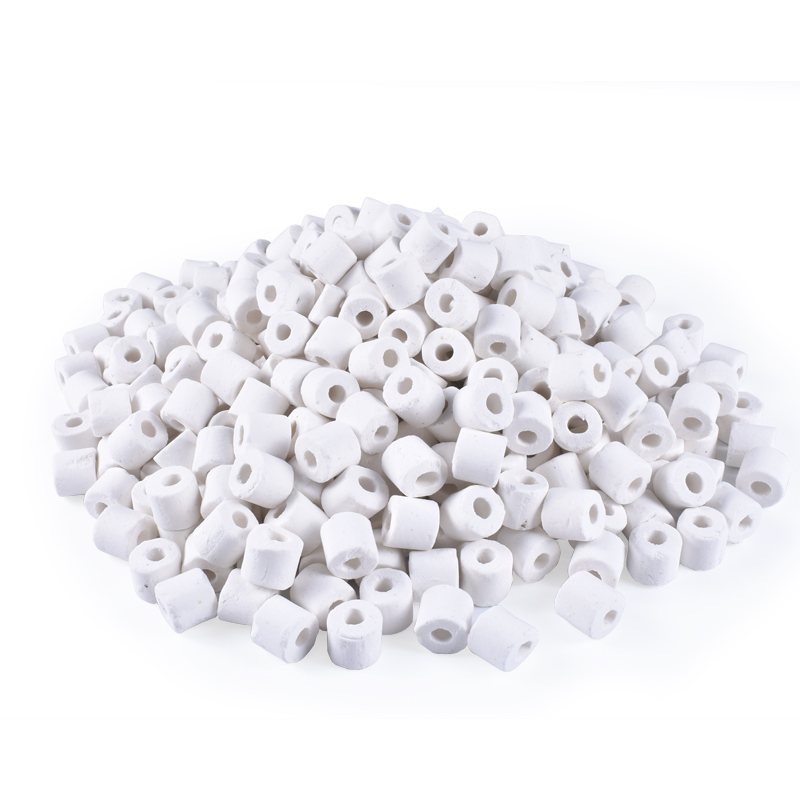
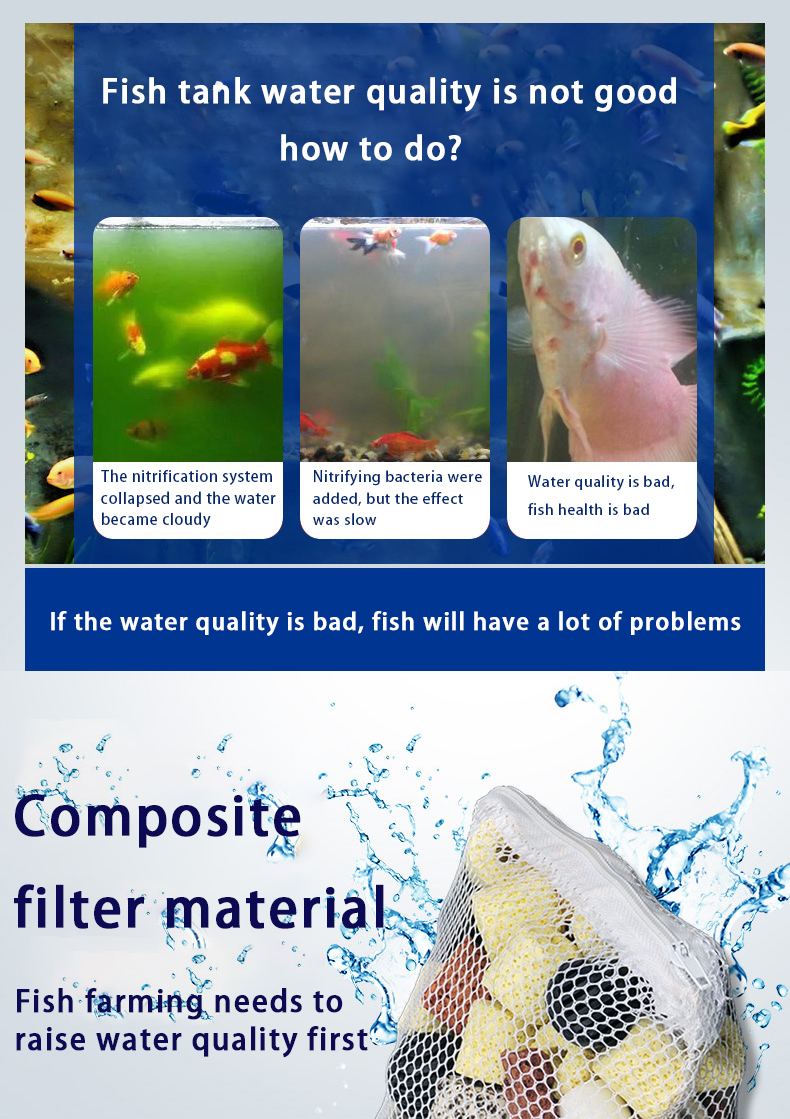
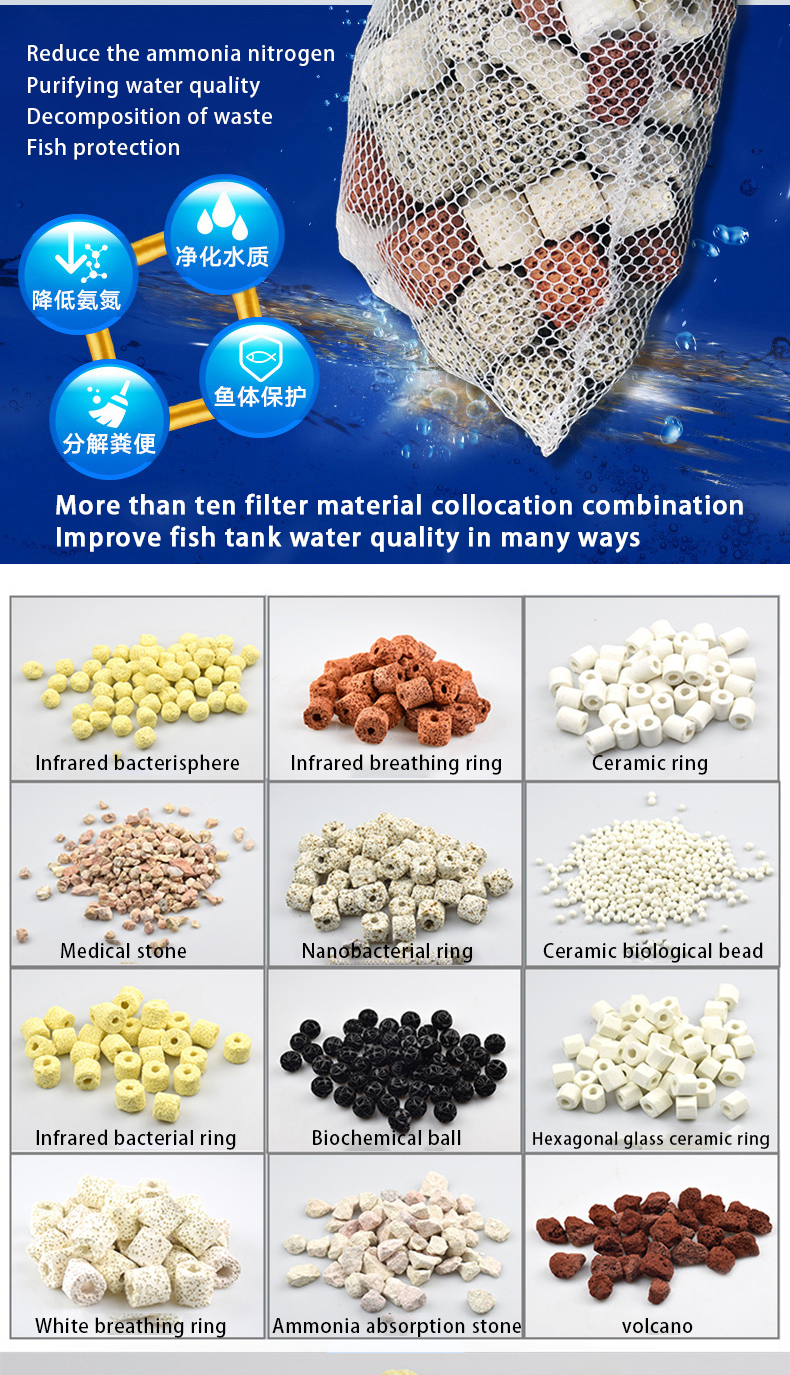
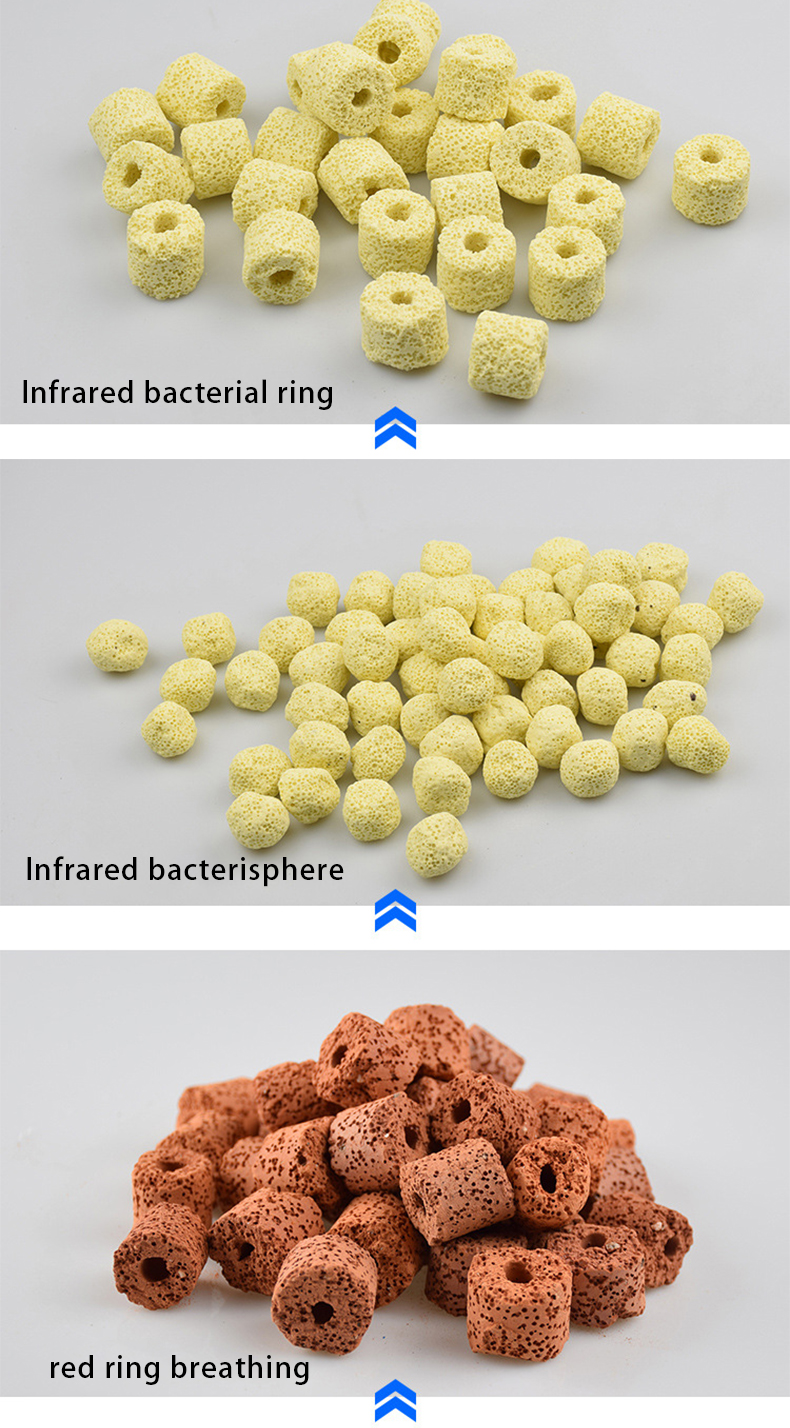
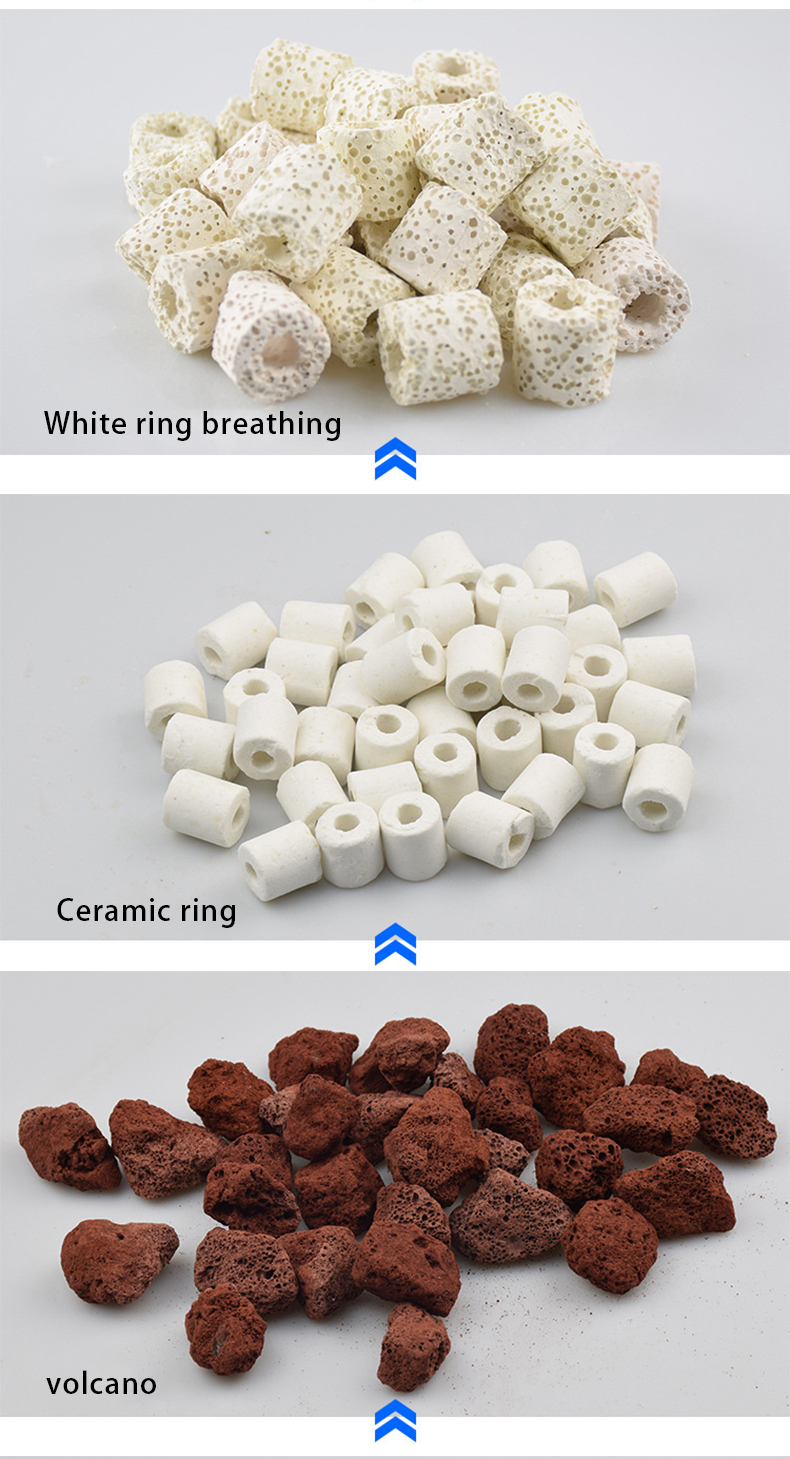
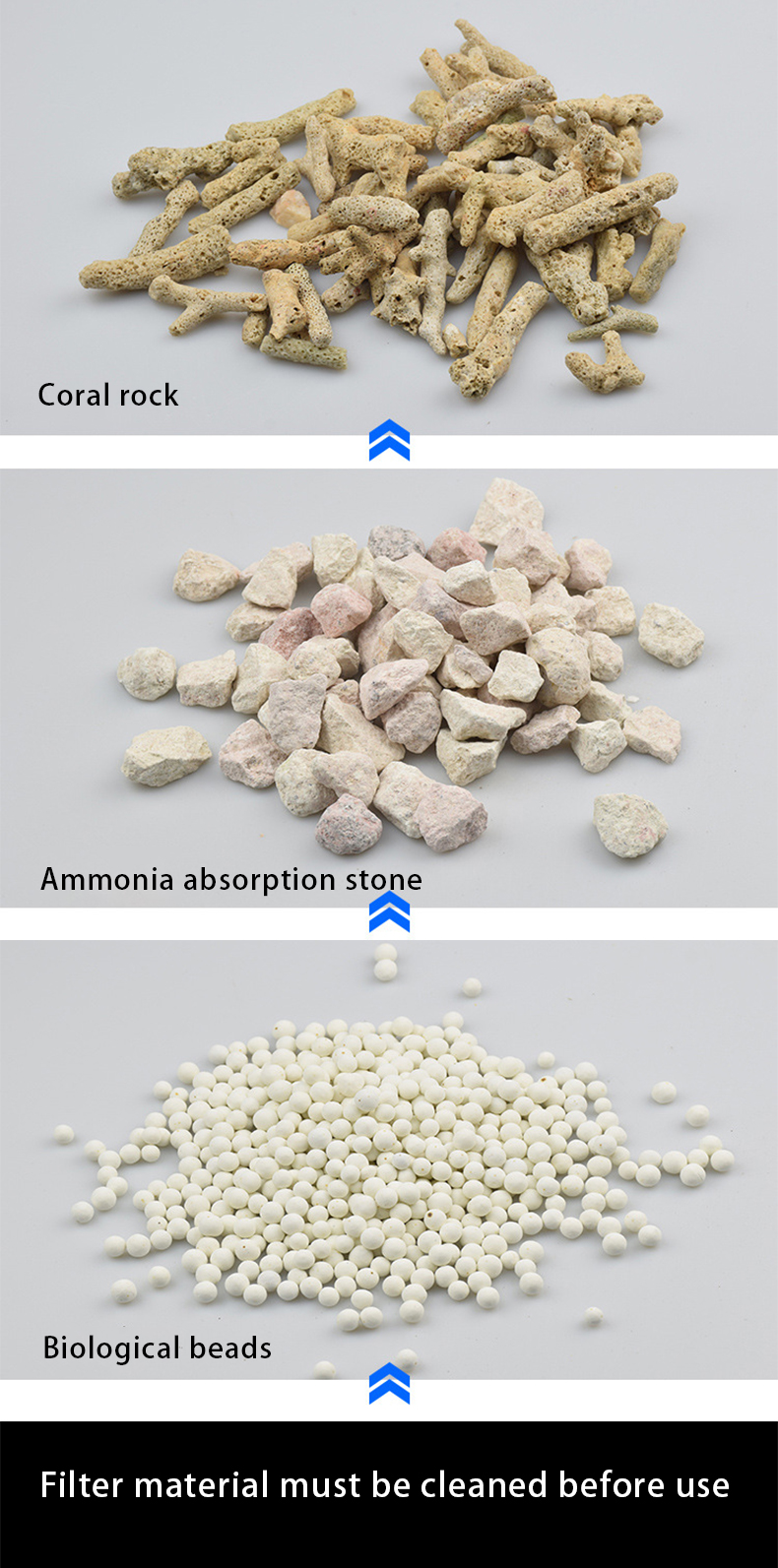
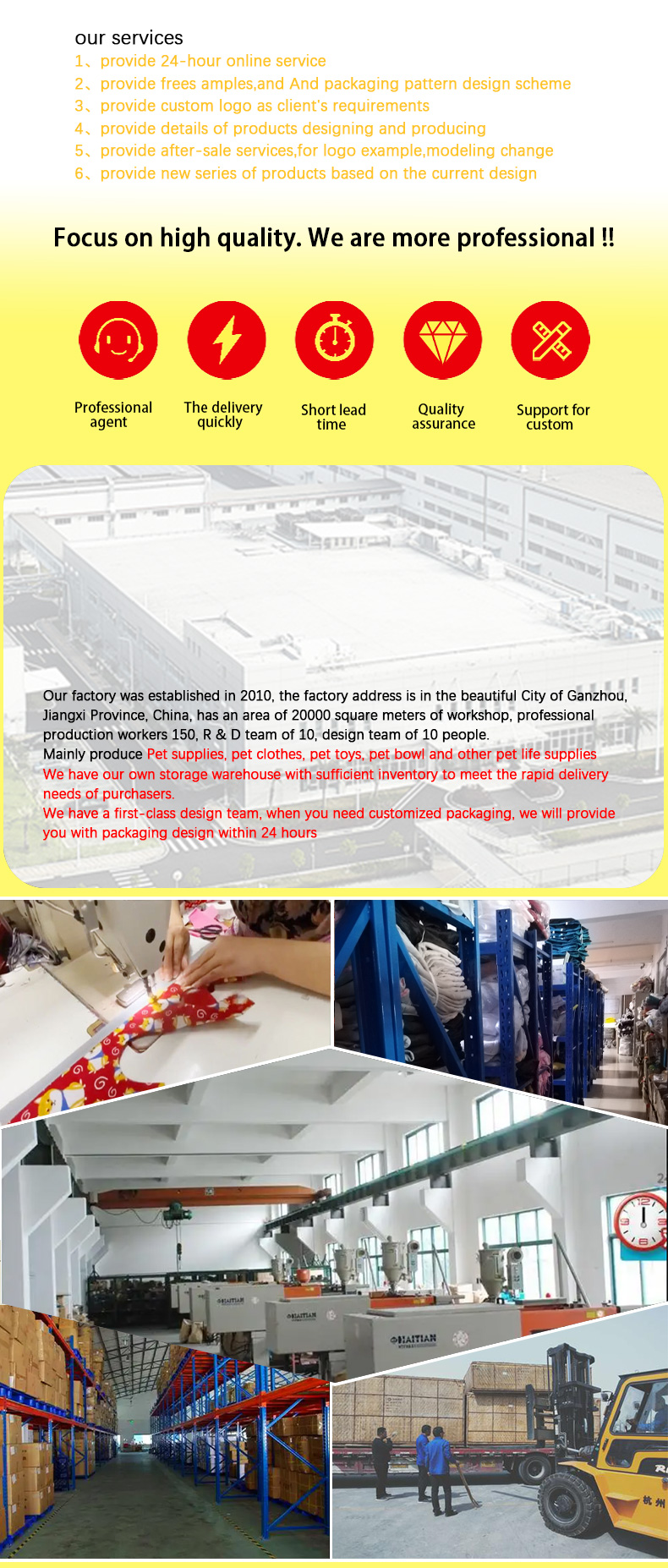

FAQ:
1. Question: How are glass rings and activated carbon used in fish tank filtration systems?
Answer: Glass rings are usually placed in filter tanks or specific baskets in filters. Water enters the filtration system from the fish tank and passes through a glass ring, where bacteria grow and decompose waste. Activated carbon is usually placed in a basket in a filter, and when water passes through it, it will adsorb organic pollutants and odors.
2.Question: What are the filter materials for glass rings and activated carbon fish tanks?
Answer: Glass ring is a cylindrical glass filter medium commonly used in biological filtration systems. It provides a large surface area for microbial attachment and bacterial growth to help decompose harmful waste such as ammonia, nitrite, and nitrate. Activated carbon is a carbonaceous material used to remove impurities such as organic pollutants, odors, and pigments from water.
3. Question: How often do glass rings and activated carbon need to be replaced?
Answer: The frequency of replacement depends on the size of the fish tank, the number of fish, and the water quality conditions. It is generally recommended to regularly inspect the glass ring. If it is found that its surface area has increased or become dirty, it can be cleaned or replaced. As for activated carbon, it is usually recommended to replace it every 1-2 months to ensure the continuous effect of its adsorption capacity.
4. Question: What is the impact of glass rings and activated carbon on the water quality of fish tanks?
Answer: Glass rings help bacteria remove harmful waste and improve water quality by providing surface area and biological attachment points. Activated carbon can effectively remove organic pollutants and odors from water, providing clear and transparent water quality. Their use can help maintain the stability and health of fish tank water quality.
5. Question: How to clean the glass ring and activated carbon?
Answer: The glass ring can be cleaned regularly by gently rinsing or gently tapping with water to remove dirt and sediment adhering to the surface. For activated carbon, it is generally recommended to replace it regularly instead of cleaning, as cleaning may weaken its adsorption capacity.





